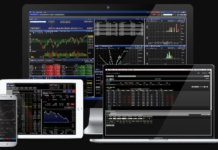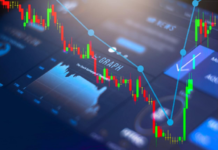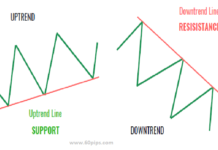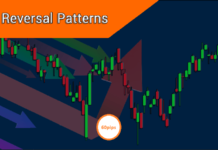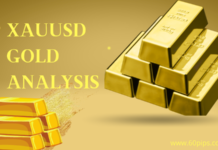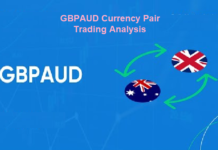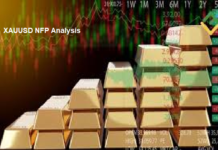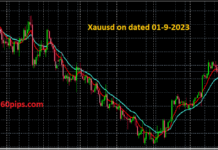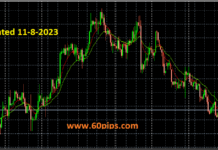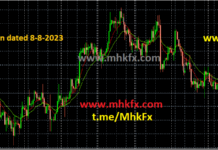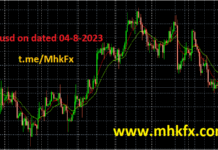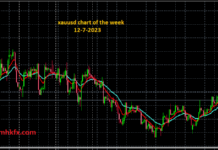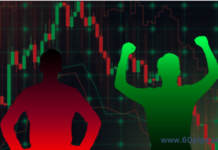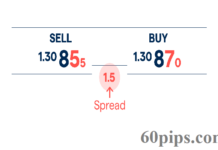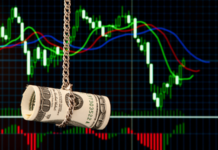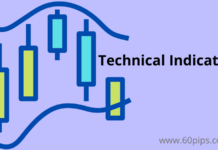
Forex trading, short for foreign exchange trading, has become one of the most popular and accessible ways to participate in the global financial markets. With a daily trading volume exceeding $6 trillion, it dwarfs other financial markets like stocks and commodities. However, despite its allure, it’s essential to understand that forex trading is not a guaranteed path to riches but rather a complex and dynamic endeavor that requires knowledge, discipline, and a well-thought-out strategy.
Understanding Forex
At its core, forex trading involves the exchange of one currency for another. The foreign exchange market is decentralized, meaning it operates globally and 24 hours a day, five days a week. It’s comprised of various participants, including banks, financial institutions, corporations, governments, and retail traders.
Key Concepts in Forex Trading
Currency Pairs:
Forex trading revolves around currency pairs, such as EUR/USD (Euro/US Dollar) or GBP/JPY (British Pound/Japanese Yen). Each pair represents the exchange rate between two currencies. The first currency in the pair is the base currency, and the second is the quote currency. The exchange rate indicates how much of the quote currency you need to buy one unit of the base currency.
Leverage:
Leverage allows traders to control a large position with a relatively small amount of capital. While it can amplify profits, it also magnifies losses. Managing leverage is crucial to avoid wiping out your trading account.
Trading Platforms:
Forex trading is facilitated through online platforms provided by brokers. These platforms offer various tools, charts, and indicators to help traders analyze the market and execute trades.
Technical and Fundamental Analysis:
Traders use two primary methods to make trading decisions. Technical analysis involves studying historical price charts and patterns, while fundamental analysis considers economic, political, and geopolitical factors that may impact currency prices.
Risk Management:
Effective risk management is vital in forex trading. It involves setting stop-loss orders to limit potential losses and determining position sizes based on your risk tolerance.
Forex Trading Strategies
Day Trading: Day traders open and close positions within the same trading day, aiming to profit from short-term price movements. This strategy requires constant monitoring of the market.
Swing Trading: Swing traders hold positions for several days or weeks, looking to capture larger price swings. This approach requires less time commitment than day trading.
Scalping: Scalpers make dozens or even hundreds of small trades each day, aiming to profit from tiny price fluctuations. This strategy demands quick decision-making and execution.
Carry Trade: Carry traders aim to profit from the interest rate differential between two currencies. They buy the currency with the higher interest rate and sell the one with the lower rate, earning the difference as profit.
Challenges and Risks
Forex trading offers numerous opportunities, but it also comes with risks:
Volatility: The forex market can be highly volatile, and prices can change rapidly, leading to unexpected losses.
Leverage: While leverage can amplify gains, it also amplifies losses, making risk management essential.
Emotional Control: Trading decisions driven by emotions, such as fear or greed, can lead to significant losses. Maintaining emotional discipline is crucial.
Lack of Regulation: The forex market is decentralized, and not all brokers operate under the same regulatory standards. Choosing a reputable broker is critical.
Conclusion
Forex trading can be a rewarding endeavor for those who approach it with dedication, knowledge, and discipline. It’s not a get-rich-quick scheme but rather a skill that takes time to develop. Whether you’re interested in trading forex for income or as part of a diversified investment strategy, remember that continuous learning and prudent risk management are keys to success in this dynamic and exciting market.
Related Post:
Beginner’s Guide to Forex Trading: Tips and Strategies for Successful Trading
What is a Spread in Forex Trading?

